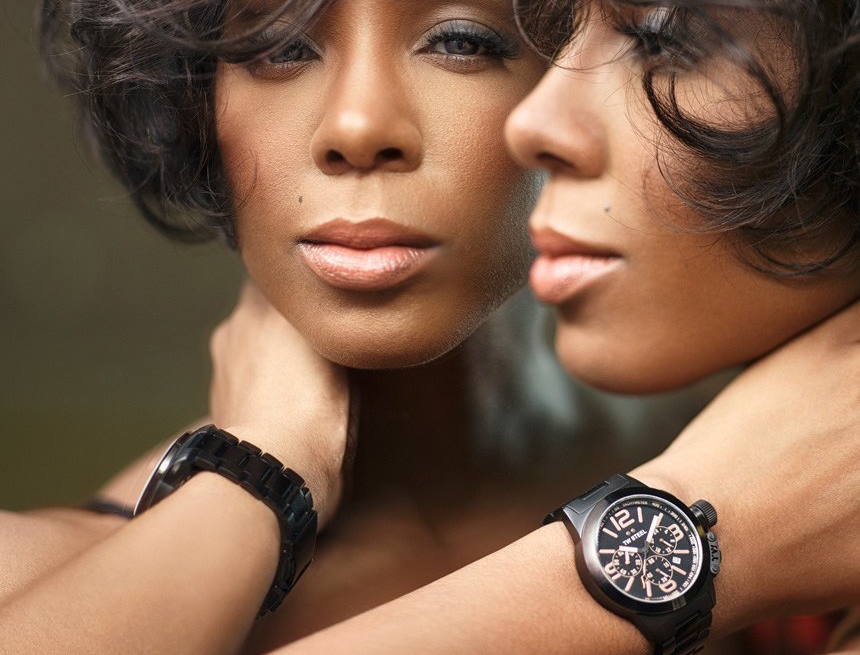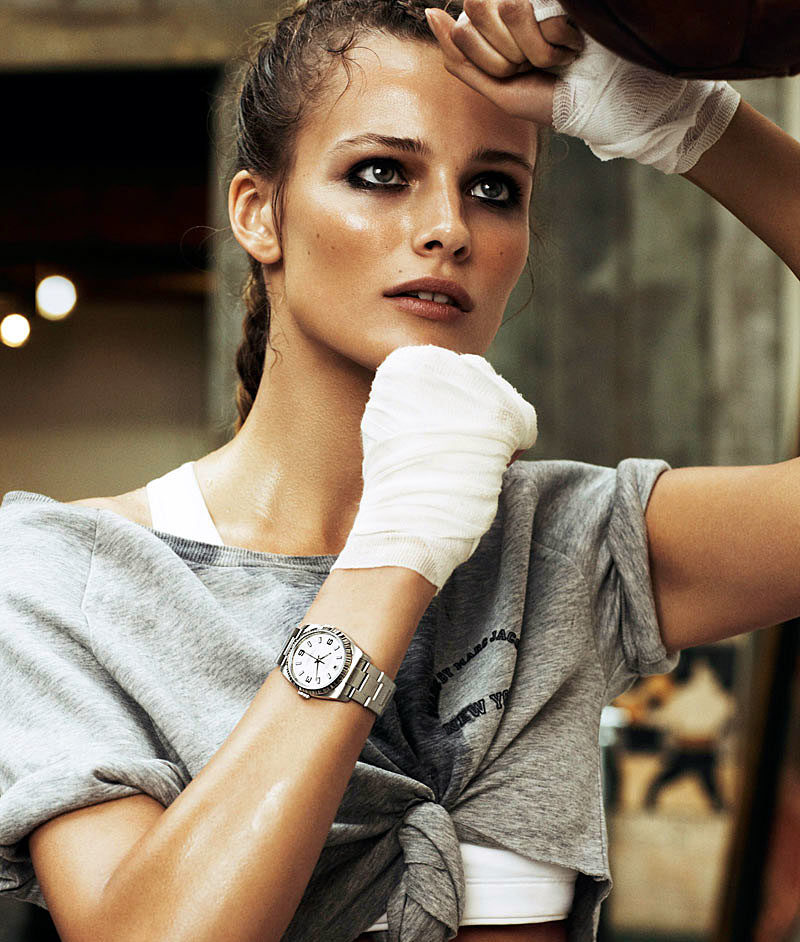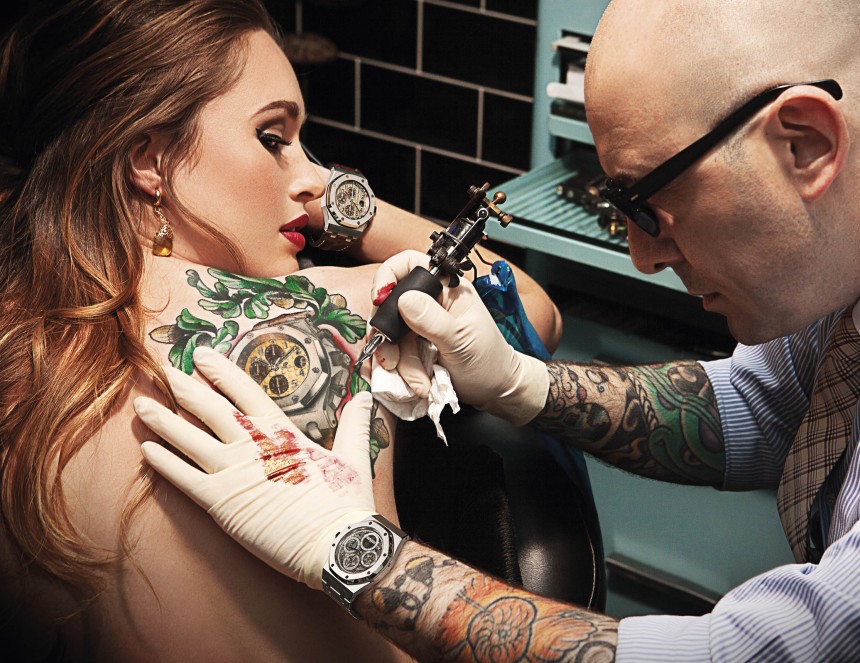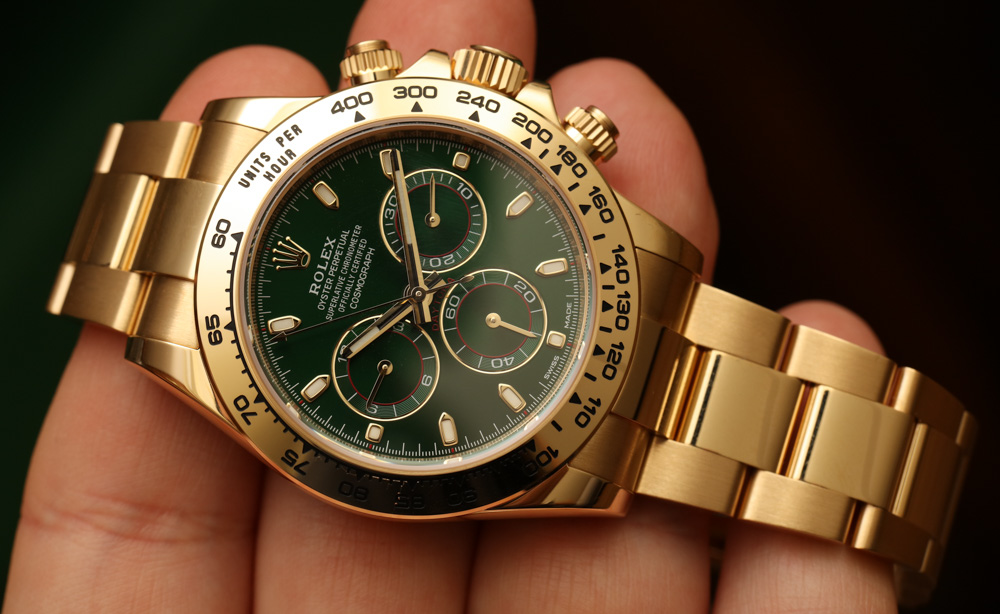
Allow me to bring up the Rolex Cosmograph Daytona as an example of a unisex watch. I don’t consider the Daytona to be a men’s watch any longer. Sure, it can look totally decent on a great number of men’s wrists. But you know what? With its modest 40mm-wide case and thin lugs, it also looks pretty feminine on many female wrists. When I see a woman wearing a Daytona, I don’t see her as wearing a men’s watch; I see her as wearing a traditionally men’s watch that she has now appropriated and lent femininity too. The fact that so many women look good in a Rolex Daytona is a major reason why so many men have admitted to wearing their Daytona watches less. It’s not that the Daytona is inherently too small, but rather that it is small enough to look appropriately feminine on many women’s wrists. Thus, as a unisex watch, the Daytona now is no longer purely a hegemonically male timepiece.
So let me say that again, when a woman wears something like a Daytona, the watch adopts feminine qualities becoming a women’s watch on her wrist (or at least unisex is the purest of terms). Put a larger more masculine watch on her wrist and something altogether different happens. Let’s stick with the Rolex brand for this example (so that they don’t feel negatively singled out) and consider the Sea-Dweller Deepsea with its rather thick 44mm-wide case to illustrate my next point.
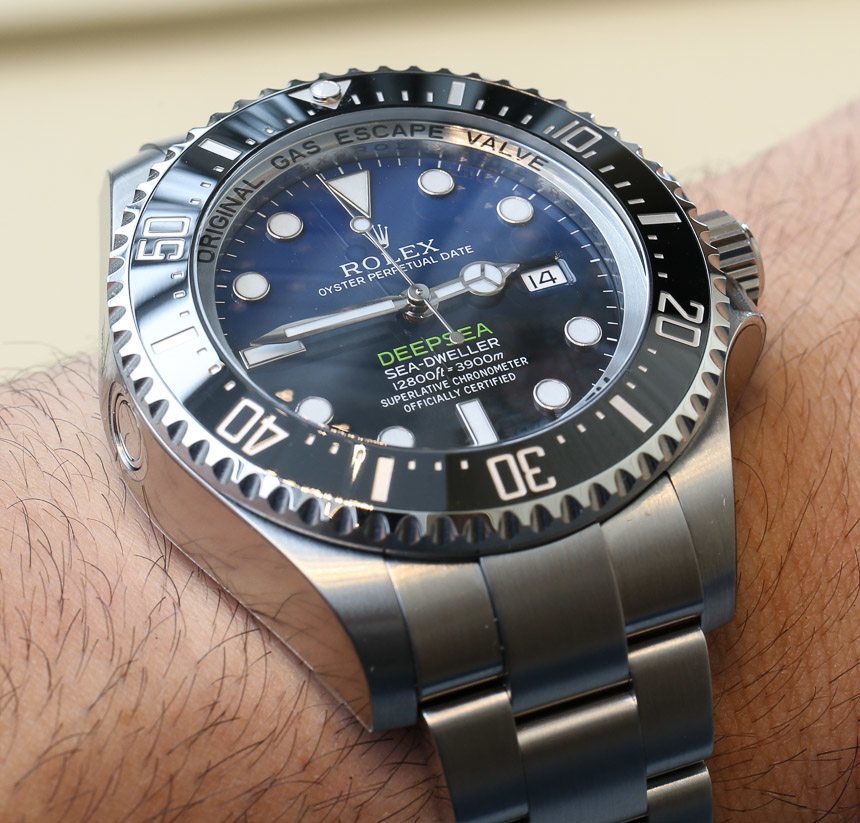
Put a Deepsea on a woman’s wrist and I’m sure you’ll agree what you see is merely a woman wearing a men’s watch. It might look good on her as other men’s watches might, but for very different reasons. Rather than taking on a feminine personality, the watch retains its masculine personality and creates a sense of contrast.
https://www.instagram.com/p/BAufzI6S-gj/
I must credit our David Bredan for first getting me to think about this concept when he talked about how sexy he found it when women wore certain very masculine timepieces. I didn’t understand it at first because I didn’t see how they became at all feminine on their wrists. To him that wasn’t the point. Rather, the appeal wasn’t in any feminine attribution the watch received while on a woman’s wrist, but the contrast it created between masculinity and femininity. In other words, the stark masculinity of the watch forced a visual contrast with the more feminine traits of the wearer. In other words, rather than lending additional femininity to the wearer, the men’s watch is seen as amplifying or even enhancing the latent femininity which already exists in that woman’s appearance.
White looks even more white when next to something black. That is the precise idea I am trying to communicate with how very masculine watches can make a woman appear more feminine. An important corollary to this is the fact that men’s watches on women’s wrists that create contrast do not suffer from reduced appeal to men. Quite the opposite, in fact, because the amplified femininity in the wearer is joined with amplified masculinity in the watch. That is something men are indeed looking for, and in this instance, a woman wearing a man’s watch (as sparingly as it might need to be) will make that timepiece even more desirable to men.
Women should consider all this when considering what watches to wear or buy. In fact, more so than men, women probably have very specific goals with how they want people to perceive their look. That no doubt includes their watch, assuming they put any effort (or money) into their choice of watch wearing experience.
Men should likewise consider what timepieces in their minds have become truly unisex, which are totally feminine, and which are “safely” masculine no matter who wears them. Gender lines blur and shift regularly – and that’s just part of progressive social existence. With that said, it is also normal for the majority of people to want to emphasize their style and sense of gender expression clearly. This discussion should not only now help people to better understand their own choice of watches, but also in the choices of others they see around them.

